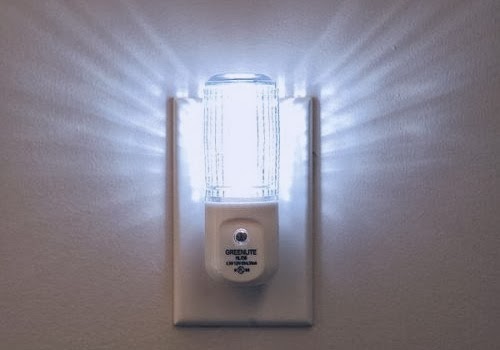Source: Country Living
I’ve always had mixed feelings – even aversion – toward taxidermy mounts and/or animal skeletons as ornaments in the home. Yes, a stag's head can elevate and give majesty to the dreariest wall, and there’s nothing that quite screams “ski lodge!” or “country
estate!” But then there are Bambi and Bullwinkle (of Rocky and Bullwinkle fame), not to
mention their real-life counterparts. Don’t they deserve
a better fate than to frame the mantle?
Source: Pinterest/pin/5348093277376847/
I struggle with this issue, not least because from an aesthetic standpoint, I have been raised to appreciate the imposing beauty of a taxidermy mount, to marvel at great African cats staged in the Museum of Natural History. But today, I wonder about the significance of having animal bones and mounts in the home. Are they heirlooms, testimony to hunting skills, or purely aesthetic devices? Do we dare treat them as art, as though their function were to satisfy our visual greed?
A few years ago, I wavered over acquiring a buck mount, with the ambiguous idea of creating a more “traditional” ambiance. The trend was hitting its peak, and you couldn't look at a design rag without seeing hallways, living rooms, even bathrooms festooned with taxidermied creatures and their antlers. The obsession with antlers actually became its own zeitgeist, prompting a staggering outpouring of creativity:
Source: www.thisnext.com
Source: Lonny.com
And yet, I couldn't bring myself to do it. It was one thing to see these stunning images in a magazine; quite another to touch preserved animals and feel their fine hairs and notched bones as once-living things. I felt a friction between my aesthetic desire and the psychological unease of parading a living thing--particularly a fellow mammal--in my home. In my mind, it was tantamount to hubris.
Luckily, however, creativity was the solution to the problem it had created. In response to the appetite for antlers and mounts, people started producing a range of 'animal-friendly' options. There are now high-end choices...
Source: squidoo.com
...as well as those that cleverly appeal to and parody the tradition. This category is my favorite. :)
Source: http://www.madmoose.com/PlushWallMounts.jpg
I know that none of these remotely approach the grandeur of a wild creature, but maybe that's for the best. Fake taxidermy has many benefits: objects are usually lightweight, easy to clean, and sometimes huggable (the plush ones, that is). Best of all, we need never worry if these animals actually wanted to move in with us.













.JPG)